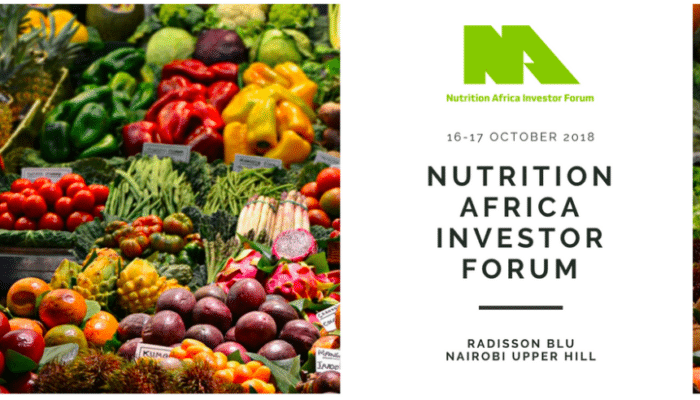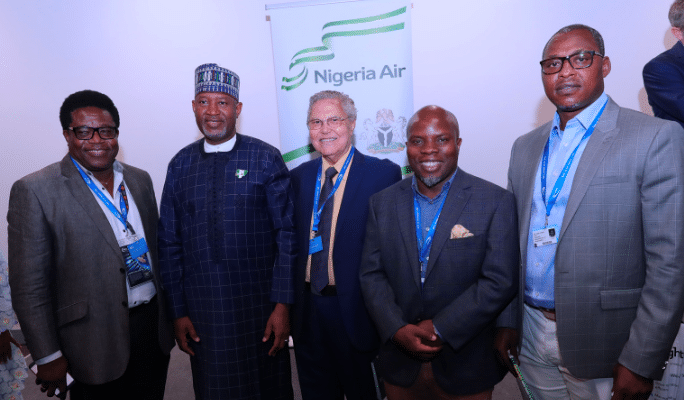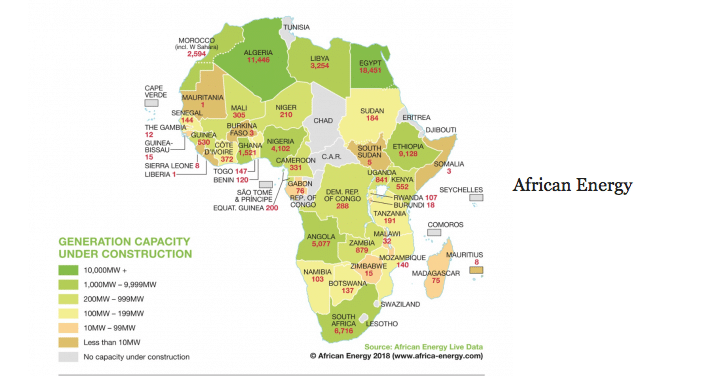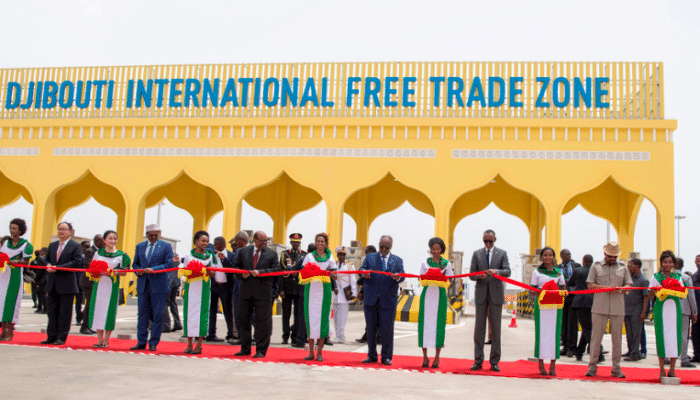The Global Alliance for Improved Nutrition (GAIN), will host the first-ever Nutrition Africa Investor Forum (NAIF) in Nairobi, Kenya, on October 16-17, it has been announced.
The aim of the forum is to bring together to and engage private sector investors to play a key role in improving nutrition across Africa. The event is hosted in partnership with Royal DSM, a purpose-led global science-based company in nutrition, health and sustainable living recognized for its global fight against malnutrition, the SUN Business Network and African Business magazine.
The Nutrition Africa Investor Forum will highlight business opportunities in a largely underdeveloped market. From farm to fork, nutrient gaps in diets within low and middle-income markets constitute a largely untapped market worth USD$120bn. According to a recent study, no African country is expected to reach the UN target of ending childhood malnutrition by 2030. In fact, malnutrition indicators remain “persistently high” in 14 countries, stretching across from Sahel from Senegal in the west to Eritrea in the east.
This challenge needs to be addressed. GAIN argues engaging the private sector is key in addressing this issue. Nutrition-sensitive capital investments along the entire food value chain are critical to drive better availability, access, affordability — and finally — consumption of nutritious foods.







